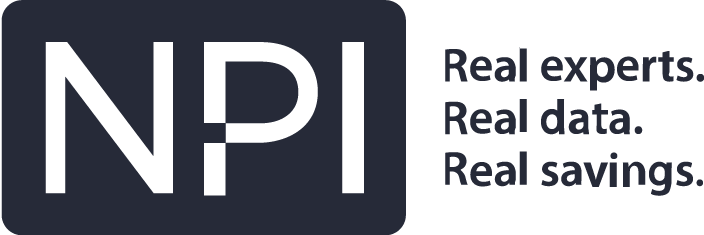BLOG
Thoughts on Microsoft’s Growing Azure Portfolio and a Piece of Negotiation Advice
Microsoft’s investment in Azure is paying off. According to CEO Satya Nadella, more than 95 percent of the Fortune 500 run their workloads on Microsoft’s cloud and, per the company’s most recent earnings statement, Azure revenue was up 64 percent year over year.
This investment has led to several new Azure services in 2019, including the Azure Stack HCI Solutions and the Azure Data Box Edge. Both of these products are designed to promote the consumption of Azure within the enterprise, particularly with respect to developing cloud applications using Azure services.
Microsoft’s Azure Stack HCI Solutions are intended to ease the development of cloud applications that use on-premise Azure services. This will be a welcome enhancement for customers that must keep applications in house for regulatory reasons. Additionally, the Azure Stack HCI solutions facilitate the ability to run virtual machines on hyperconverged systems. A key tenet of a hyperconverged system is the tight integration of compute, storage and virtualization (amongst other) resources. This advancement signals Microsoft’s hopes to be a one-stop shop for enterprises that use hyperconverged systems.
The Azure Data Box Edge product offers both online and offline data transfer options, and even some local compute capabilities. The goal, however, is to move your data to Microsoft’s datacenter to use the company’s Azure services. While the economics of Azure can be debated based on your situation, know that Azure investments are typically “forever” investments.
Things to Consider for Microsoft Azure Negotiations
Azure dates back to October 2008 with Microsoft’s “Project Red Dog” and the company has come a long way in the last 10+ years. Today, Microsoft offers a multitude of compute, storage, AI, BI and development options, and supports mainstream applications like SAP, Oracle and – of course – Microsoft SQL Server.
Does Azure make sense for your business? Like a lot of Microsoft questions, the answer is “it depends.” If you are developing a new solution, application or capabilities and there are not existing on-premise investments to consider – then, yes, it’s certainly worth considering. If you’ve already made significant investments in hardware, application development and people – maybe not. It’s well worth the time to stay current on Microsoft’s offerings to determine if you can reduce on-premise costs.
As mentioned above, Azure investments typically end up being “forever” investments. Know that these are subscription services and even if Microsoft offers compelling pricing to move to Azure today, the company can always increase costs in the future. Microsoft has told Wall Street that the future of the company will be through its cloud technologies, and we can expect Microsoft’s annual earnings to bear this out.
Regardless, there are only two ways to increase revenue in the cloud: sell more services or raise prices for existing customers. NPI recommends companies invest in Azure with eyes wide open and seek terms that limit vendor price increases over time.


